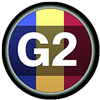OE-OPFOR
MODELING &
SIMULATIONS
WHAT IS OE-OPFOR MODELING & SIMULATIONS?
The TRADOC G-2 M&S Division empowers the Army Modeling and Simulation Office (AMSO) and its six M&S-enabled communities (Analysis, Acquisition, Intelligence, Training, Test and Evaluation, and Experimentation). We meticulously define requirements for the OE and OPFOR threat capabilities through a comprehensive consideration of political, military, economic, social, information, infrastructure, physical environment, and time (PMESII-PT) variables, ensuring robust support for military operations.
Army's Six M&S Enabled Communities:
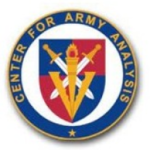
Center for army
analysis
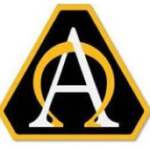
Army Acquisition Support Center
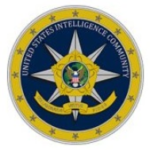
u.s. intelligence community
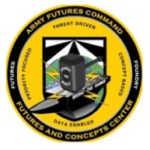
Army Futures
command
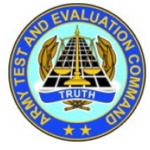
Army test & evaluation command
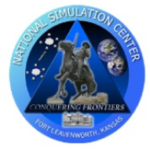
national simulation center
One Semi Automated Forces Co-Development:
TRADOC G-2 M&S is also a member of the One Semi Automated Forces Co-Development community responsible for defining requirements for threat force structure, capabilities and tactics, techniques and procedures representation during exercises, and experiments at Brigade and below echelons.
M&S Capabilities:
Information on how Models and Simulations support the Army's six M&S-enabled communities.
joint land component constructive training capability (JLCCTC)

- Constructive Simulation
- Represents all WfFs
- Mission Command Stimulation
- WARSIM Intelligence model
- Threat Forces representation
- Irregular Warfare
- Unmanned Aerial Vehicle
- Logistics training
- Non-kinetic effects
- After Action Review
one semi automated forces (oneSAF) simulation
- Constructive Simulation for BDE and below exercises
- Semi-Automated Forces
- Mission Command Stimulation
- Intelligence modeling
- Threat Forces
- Irregular Warfare / Hybrid Threat
- Unmanned Aerial and Ground Vehicle
- Civilian Information Infrastructure
- Manned and Unmanned tactics
- Web Control Tools

Synthetic Training Environment (STE)
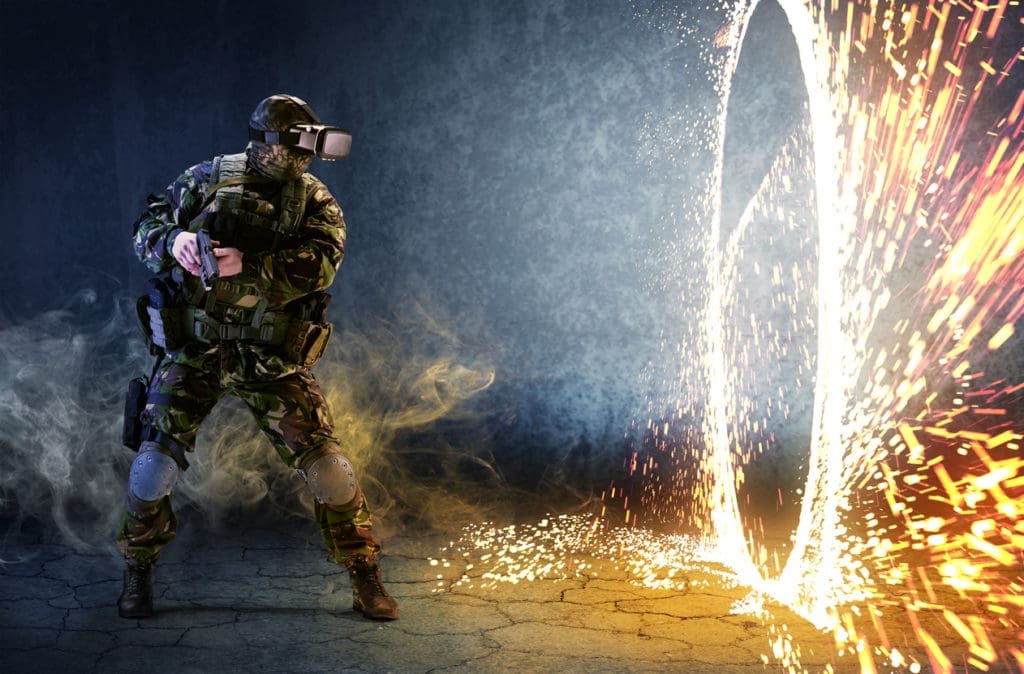
- Next Generation Constructive Simulation
- Training Management Tool
- Training Simulation Service
- One World Terrain
- Stimulates Mission Command Systems
- Replicates Threat Forces
- Provides AAR / Playback capability
- Represents all WfFs / MDO
Division Exercise Training and Review System (DXTRS)
- Provides staff training, MDMP, and Wargaming capabilities
- Low overhead deterministic simulation
- Provides an independent stimulation capability that enables integration with fielded Mission Command Systems
- Threat Representation
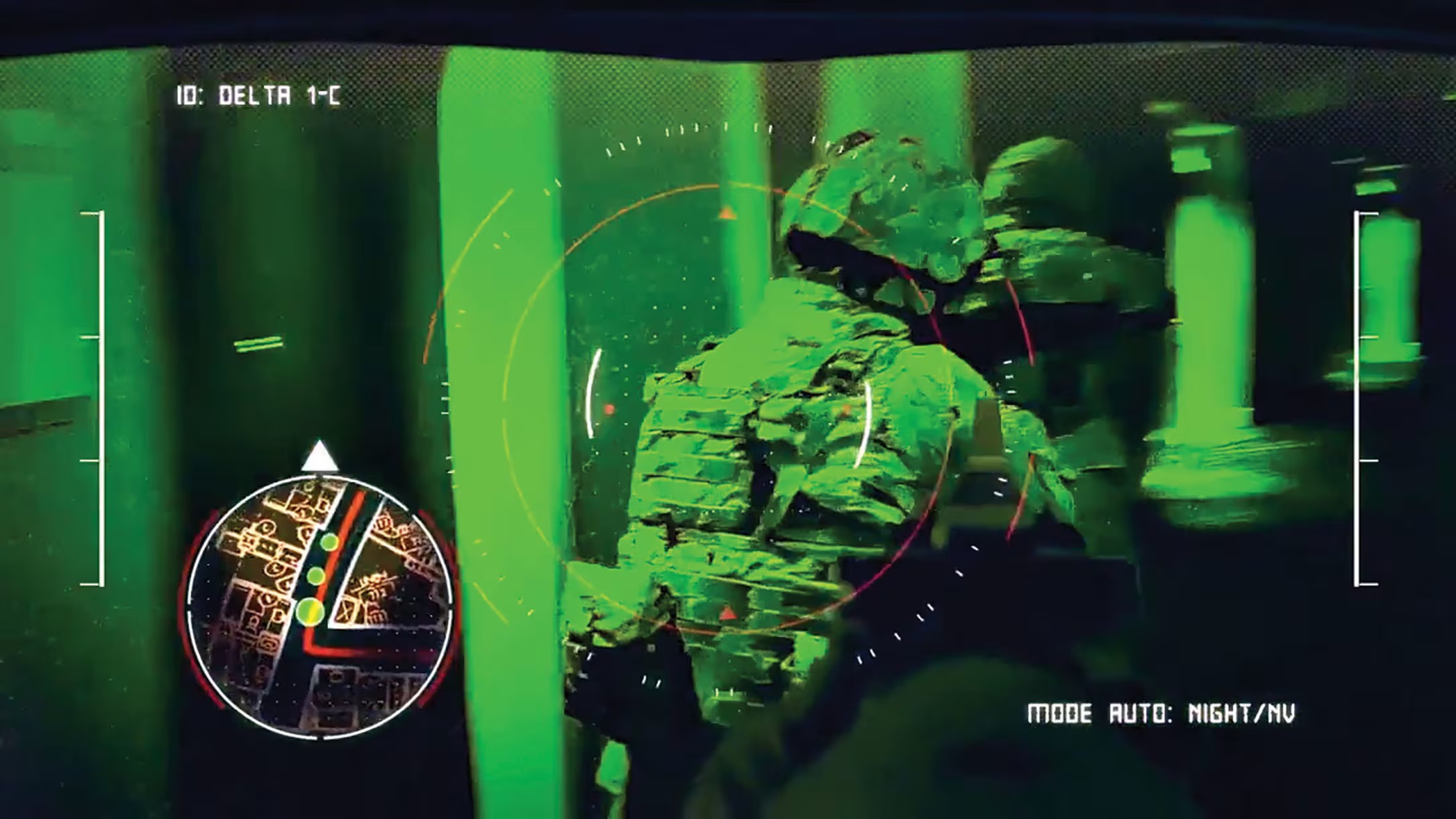
The Athena Simulation:
TRADOC G-2 M&S Division developed the Athena simulation, a decision support tool, enabling commanders and their staff modeling of human behavior dynamics across the totality of the Operational Environment. Athena is the Army's only deterministic, sociocultural modeling capability suitable to support training, experimentation, analysis, and mission command tasks.
Changes ATHENA Computes
- Population moods, attitudes, satisfaction
- Neighborhood volatility and security
- Relationships between actors
- Quantifies power and control (political, economic, cultural, informational)
DIVISION SUPPORT TOOL
- Improves situational understanding
- Understanding of PMESII-PT impacts on regional stability dynamics.
- Standalone system to model *DIME-FIL within PMESII-PT
- Means to evaluate intended & unintended consequences
- Method to discern potential outcomes 1-3 years in the future
CAPABILITIES
- Government Rights Software
- Laptop based
- Efficient - Extremely fast run times
- Scalable - Supports assessments at City, Megacity, Country and Regional Levels
- Minimal Footprint - Can be operated by a single user or small analysis team
- Deterministic - Enables CoA analysis
- Rules Based Model - Enables casualty assessments
Engage with OE-opfor Modeling & Simulations:
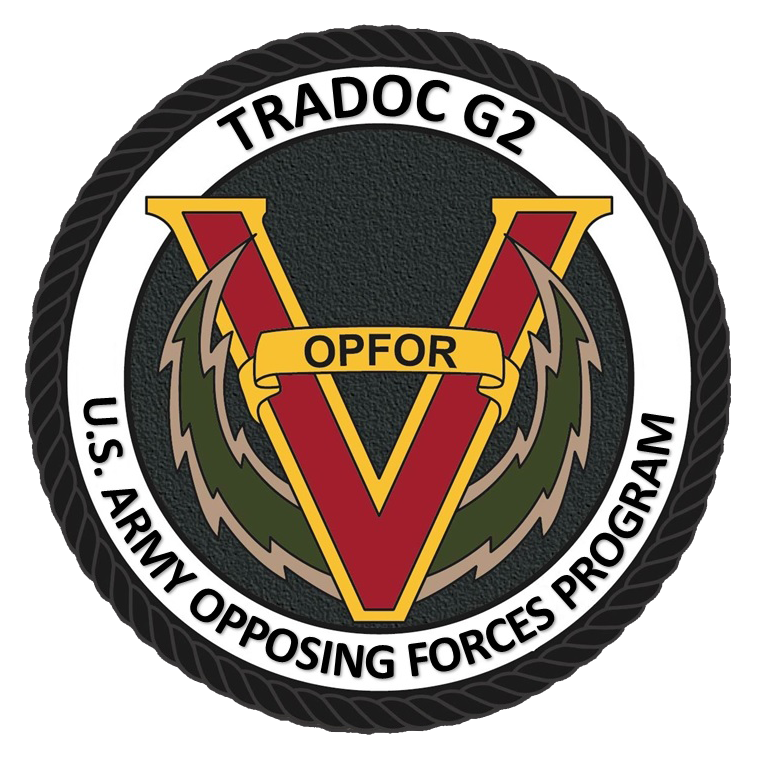
Questions or seeking further information? Reach out to TRADOC G-2 OE OPFOR Modeling & Simulations.

